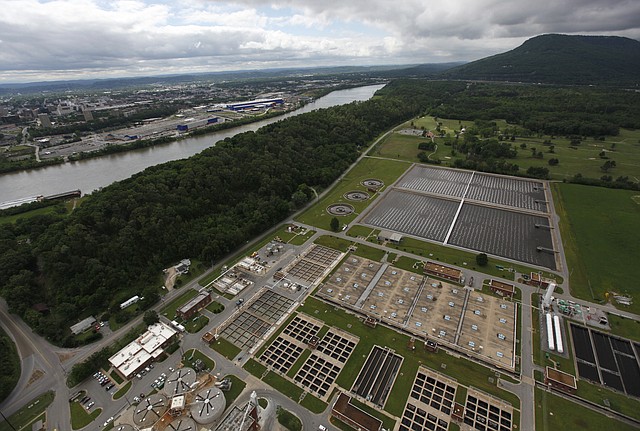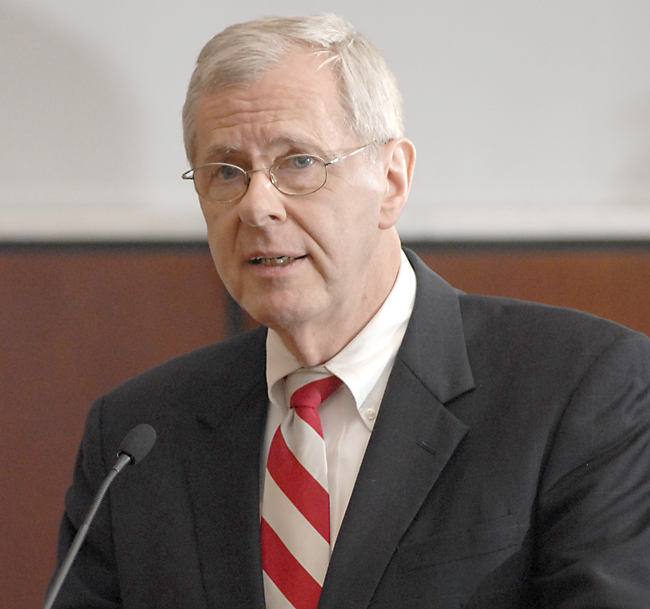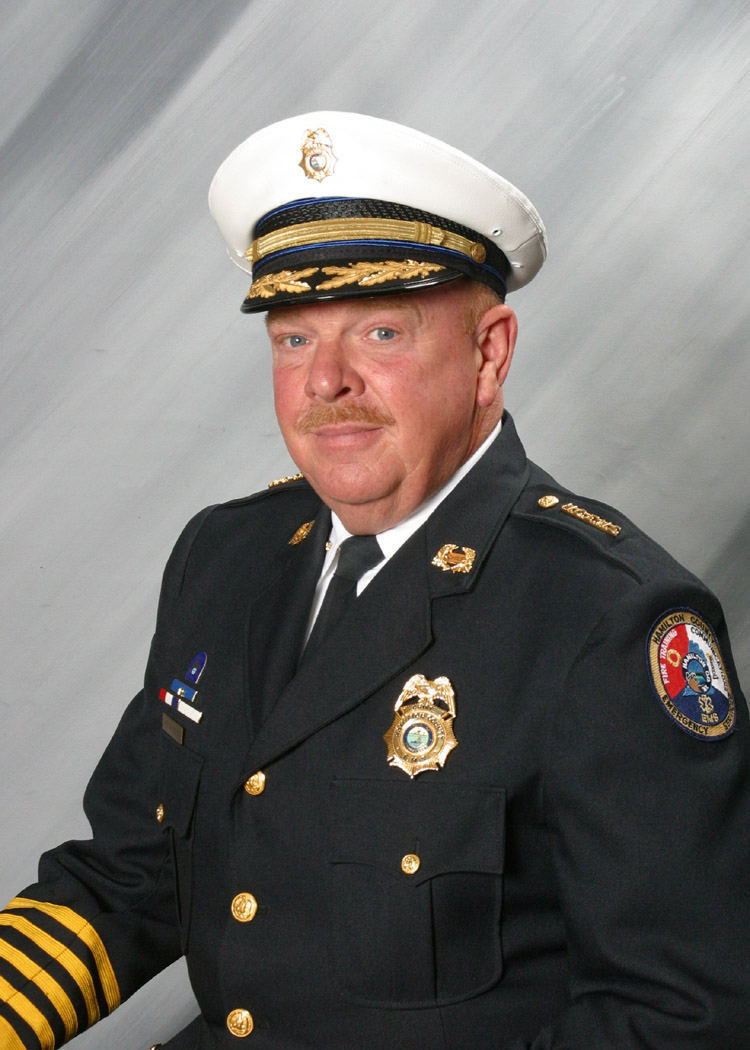Ron Littlefield's boundaries plan raises questions for Chattanooga-area utilities
Friday, January 1, 1904
An official with the Hamilton County water and sewer utility said he has more questions than answers on a consolidation plan proposed by Chattanooga Mayor Ron Littlefield.
Ed Watt, chairman of the Hamilton County Water and Wastewater Treatment Authority, said his organization is mandated by state legislation so he's not sure how the consolidation would work.
"I don't think we're in position to do anything but what the legislation states," Watt said Friday.
Chattanooga has its own sewers, and its water comes through several utilities.
The discussion about consolidating utilities opened a week ago when Littlefield laid out plans for talks on expanding the city's urban growth boundary, which dictates where areas may be annexed.
Watt said he had not reviewed the WWTA charter thoroughly to see how it addresses consolidation, but he believes Chattanooga would have to join the WWTA and not vice versa.
"I think that's our charge," he said. "To be the wastewater utility for all of Hamilton County."
Littlefield said he would be agreeable to talking with the WWTA about such a proposition.
But he said Chattanooga has the upper hand because it controls the Moccasin Bend Wastewater Treatment Plant, which serves the entire county.
"What Chattanooga could bring is the biggest piece of the puzzle," he said.
Meanwhile, Tennessee American Water released a statement saying it wanted any proposals in writing.
"Tennessee American Water will not consider participating in any regional water authority or selling its assets until Mayor Littlefield provides the company a meaningful opportunity to review a detailed written proposal," spokeswoman Jessica Presley said in the emailed statement.
Littlefield said that statement is more positive than Tennessee American has taken in the past.
"That to me is an open door," he said. "I'm happy to do that."
Two weeks ago, Littlefield fired off a letter to County Mayor Jim Coppinger and other city mayors asking to reopen the urban growth boundary plan, which was adopted in 2001.
The county asked for more details and is forming a committee that will discuss the plans. Littlefield has said he would like the committee also to discuss consolidating sewer systems and centralizing water utilities under one publicly appointed board.
That's needed because the operations of several water companies, along with the city and county sewer systems, are running in "parallel directions," Littlefield said. Savings could come from reducing duplication of services, such as multiple labs and multiple engineers doing some of the same work, he said.
Other local mayors have mixed emotions about reopening the growth boundaries.
Soddy-Daisy Mayor Jim Adams said his town needs to adjust the edges of its boundary and he would like to add new territory northeast of the city.
"I'm certainly amenable to discussion," he said. "It's obvious the growth is going to be there."
But Lakesite Mayor Ken Wilkerson, who could see his town engulfed by Chattanooga, took a harder stance.
"I don't know of anyone wanting to open this can of worms," he said.
He said that, 10 years ago, it took two years to create the urban growth boundaries, and the county, the cities and the state would all have to sign off on any new agreement. The process could be contentious, with some cities battling each other for boundary lines, he said.
He added that people who moved outside cities or their growth boundaries did so for a reason. He said he did not see how changing the boundaries was a benefit for the people who lived in those areas.
"The only one that benefits is the city of Chattanooga," he said.



